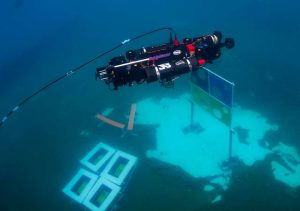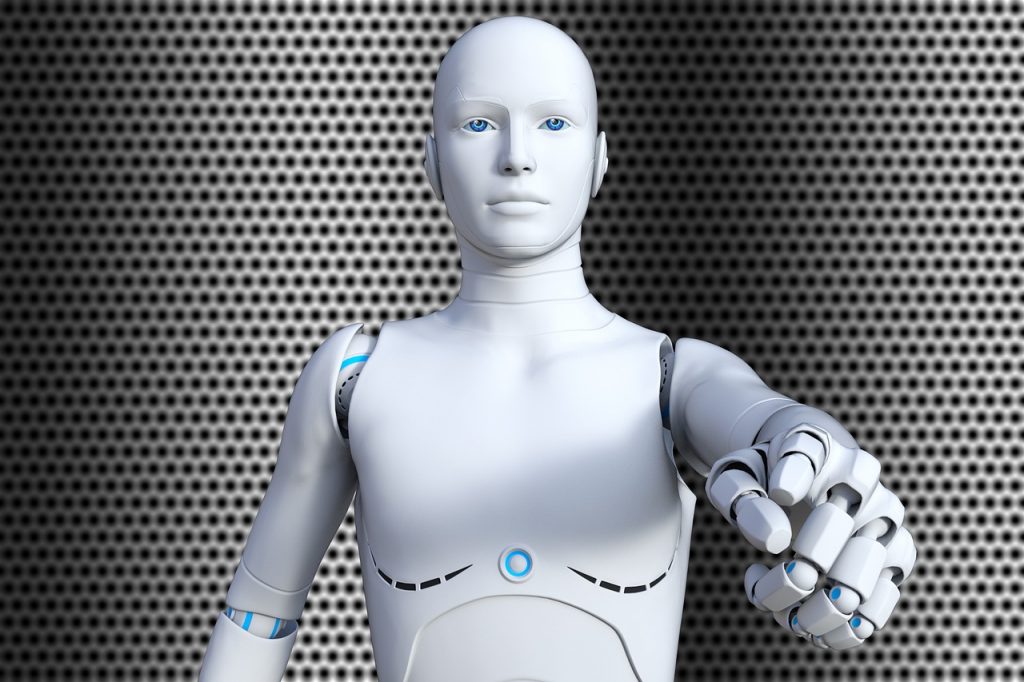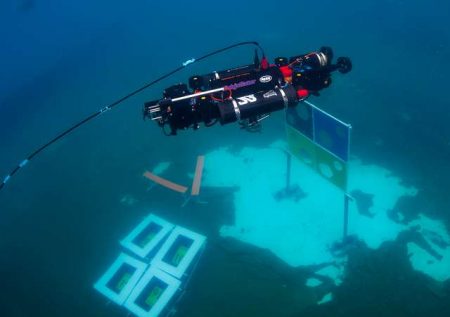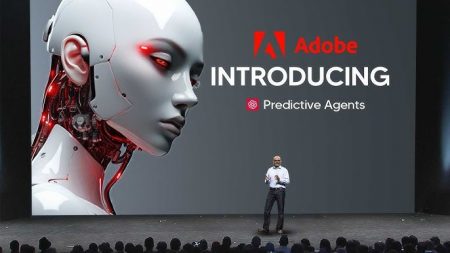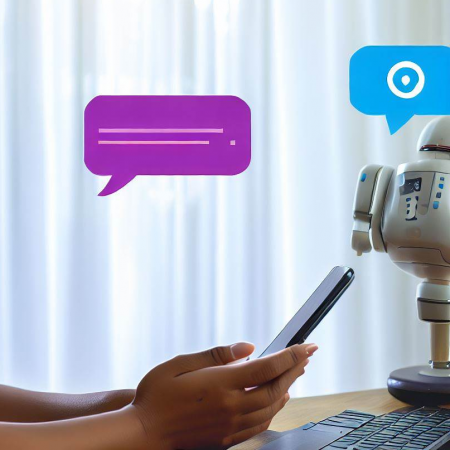With the first hardware-software combo designed to give humanoid robots a brain worthy of the name, the AI revolution in robotics is officially out of beta.
The AI revolution in robotics is officially out of beta. After teasing us with Project GR00T in 2024 and blowing minds with COSMOS at CES 2025, NVIDIA has now pulled back the curtain on Isaac GR00T N1, the first hardware-software combo designed to give humanoid robots a brain worthy of the name. Think of it as the missing link between big language models and real-world dexterity. It’s not just about walking, talking bots anymore; it’s about machines that can learn from a single demonstration and generalize that knowledge across tasks, at home, in factories, or out in disaster zones.
Built on the Isaac robotics platform and powered by a specialized Jetson Thor chip, GR00T N1 isn’t just smarter than its predecessors, it’s efficient, scalable, and plug-and-play for robotics companies chasing AGI in motion. If COSMOS was the spark, N1 is the fuel system, and suddenly, robot evolution doesn’t look so theoretical anymore.
Learns like a human (but faster)
Isaac GR00T N1’s biggest flex isn’t raw processing power, it’s adaptability. Drawing on data from both simulation and real-world feedback, the system can fine-tune motor skills using a technique called foundation model reinforcement learning. Basically, instead of training a robot on every individual task (which would take forever), N1 enables one-shot learning, show it a task once, and it figures out the rest. That means a humanoid could see a person folding laundry and then try it with a different shirt, a different surface, and still get it mostly right. This kind of generalization is what’s long kept robots from leaving controlled environments.
With N1, they’re not just reacting, they’re reasoning. And because it runs on the Jetson Thor architecture (think of it as an RTX superbrain for bots), there’s enough onboard horsepower to make these insights real-time, not just theoretical.
But what really makes N1 a game-changer is its integration with NVIDIA’s simulation stack. Using Isaac Lab and Omniverse, developers can generate synthetic environments, drop their bot in, and start fine-tuning behaviors before a single wire is soldered in real life. This simulation-to-reality (sim2real) pipeline means shorter development cycles, fewer hardware failures, and way faster deployment.
In a demo, a humanoid robot taught itself how to pick up irregular objects from a messy table, just by running thousands of simulations and fine-tuning what worked. The result? Smoother motion, fewer jerky corrections, and an eerie sense that this robot is… thinking. That’s no accident. GR00T N1 isn’t built for perfect performance, it’s built to learn, fail, and try again until it gets it right. And in robotics, that mindset might matter more than any polished code.
Scalable humanoid brains
One of the most overlooked aspects of Isaac GR00T N1 is how modular it is. This isn’t just a proof of concept NVIDIA’s showing off in a research lab. It’s a full-stack developer kit designed to work with a wide range of humanoid platforms, from startup prototypes to polished production units. In other words, it’s not about building a robot, it’s about enabling every robot. Think of it like what Android did for smartphones: a shared ecosystem that accelerates progress by orders of magnitude.
Whether you’re Figure, Agility, or a robotics grad with VC funding and a dream, plugging into GR00T N1 gives you access to COSMOS-level intelligence, Isaac Lab simulation, and Jetson-grade inference without having to reinvent the wheel. The hardware is robust, the software is flexible, and the APIs are designed for rapid iteration. Even NVIDIA’s competitors might quietly benefit from this level of standardization.
The timing couldn’t be better. Between aging workforces, rising labor costs, and geopolitical uncertainty, there’s more incentive than ever to offload repetitive tasks to humanoids. But historically, the bottleneck wasn’t mechanical, it was cognitive. Robots could move, but they couldn’t adapt. That’s where N1 changes the game. By equipping robots with a brain that’s not only trainable but also shareable across platforms, NVIDIA is making intelligence a modular asset.
You don’t need to train every robot from scratch, you train one, and the insights scale. Suddenly, the sci-fi dream of a robot coworker or in-home assistant doesn’t seem so far off. It just needed a brain that could keep up, and N1, for the first time, feels like that brain. Whether it ends up guiding robot nannies or next-gen factory arms, the tech is here now. The only question is how fast the industry will run with it.
The humanoid wave of the future
NVIDIA’s Isaac GR00T N1 isn’t just a fancy new chip with a flashy demo, it’s a blueprint for the robotic future. It fuses machine learning, real-time inference, and scalable simulation into a package that’s ready to roll. After years of hype and cautious optimism, we finally have a platform that bridges the gap between chatbots and real-world machines.
This isn’t the end of the robot revolution. In fact, we believe that it’s only the beginning, and the fact that it’s modular and scalable makes us believe it’s also inevitable.
In case you missed:
- Nvidia Project GROOT for humanoid robots
- CES 2025: NVIDIA’s Cosmos Just Gave Robots a ‘ChatGPT Moment’!
- Slaughterbots: Robot Warriors in the Indian Armed Forces!
- What’s Nvidia doing in the restaurant business?
- Lab-Grown Brain Thinks It’s a Butterfly: Proof We’re in a Simulation?
- Scientists gave a mushroom robotic legs and the results may frighten you
- So AI can get bored, “suffer,” and even commit suicide?
- NVIDIA just dropped “ACE” at CES 2025: Truly intelligent NPCs coming soon!
- Mainstream AI workloads too resource-hungry? Try Hala Point, Intel’s largest Neuromorphic computer
- Could Contact Lenses be the Key to Fully Wearable BCIs?

